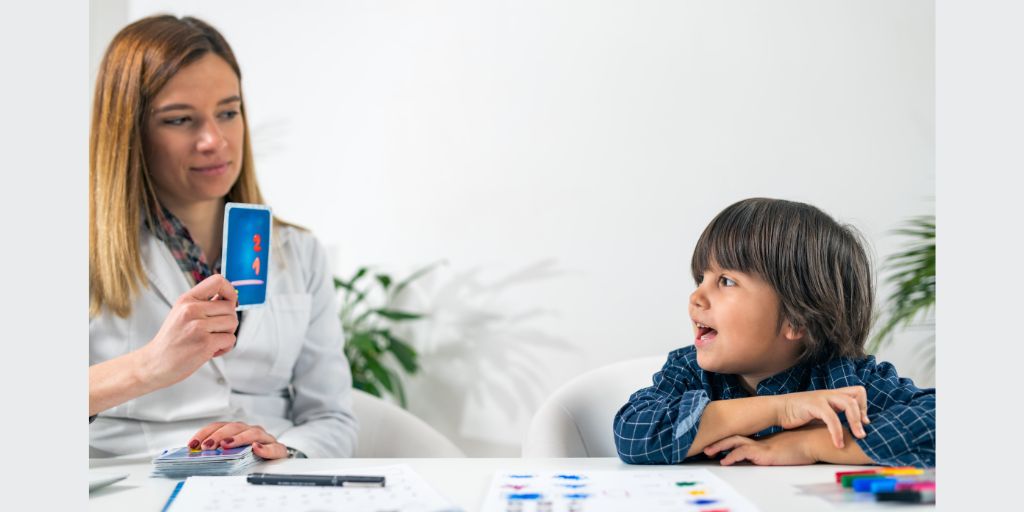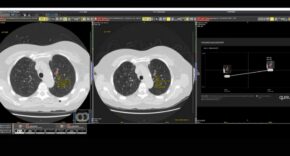
Dyslexia presents unique challenges in the classroom, but using multisensory techniques can make a significant difference in how children with dyslexia learn to read. Multisensory teaching involves engaging multiple senses such as sight, sound, touch, and movement to improve learning and memory. This approach not only helps children absorb new information but also boosts their engagement and retention.
Students with dyslexia often struggle with traditional methods that rely heavily on visual or auditory cues alone. By incorporating activities that involve tactile and kinesthetic components, like using magnetic letters or writing in sand, teachers can create a more inclusive learning environment. Understanding the causes of dyslexia in a child can provide valuable insights for developing tailored instructional strategies. Recognizing the unique challenges faced by dyslexic students allows teachers to implement targeted interventions and adapt their teaching methods to improve educational outcomes for all students.
The practical application of these techniques not only facilitates better reading skills but also fosters a more engaging and enjoyable learning experience. By using multisensory methods, teachers can break down learning barriers, making reading less daunting and more accessible for dyslexic students. Please keep in mind that this article is purely informative and not meant as medical advice. If you need more help, please consult with a medical expert.
Key Takeaways
- Multisensory techniques engage multiple senses for better learning.
- Tailored strategies help address the unique needs of dyslexic students.
- Applied methods improve engagement and retention in reading tasks.
Understanding Multisensory Teaching
Multisensory teaching engages multiple senses to improve learning, particularly for children with dyslexia. This method employs visual, auditory, tactile, and kinesthetic techniques to reinforce concepts.
Core Principles of Multisensory Techniques
Multisensory instruction integrates the visual, auditory, tactile, and kinesthetic pathways simultaneously. This approach helps children with dyslexia improve their reading and writing skills more effectively.
Instructional methods often involve activities that require students to see, hear, touch, and move. By engaging multiple senses, these techniques support stronger cognitive connections.
Role of Sensory Stimuli in Learning
Sensory stimuli play a crucial role in how children process and retain information. Children with dyslexia benefit from a learning environment that incorporates varied sensory inputs.
Visual aids, auditory cues, and hands-on activities create a richer learning experience. This diverse sensory input can make abstract concepts more concrete and memorable.
Multisensory Instructional Strategies
Teachers use a variety of strategies to implement multisensory techniques. These include using textured letters for tactile learning and integrating songs or rhymes for auditory engagement.
Activities such as tracing letters in sand or using magnetic letters can make learning interactive. Group activities that involve movement are also effective in maintaining engagement.
Incorporating Auditory Elements
Auditory elements in teaching help reinforce learning for dyslexic students. Techniques include listening to instructions, engaging in phonics exercises, and using language-rich activities.
For example, teachers might use read-aloud sessions or audiobooks. Choral reading, where a group reads aloud together, can also reinforce pronouncing and understanding words.
Incorporating Visual Elements
Visual elements such as charts, graphs, and color-coded text can be highly beneficial. Visual learners can grasp information better when it is presented in a clear, organized manner.
Graphic organizers and visual timelines support comprehension and retention. Incorporating visual stimuli, like pictures and diagrams, helps make learning more accessible and engaging.
Tactile and Kinesthetic Techniques
Tactile and kinesthetic techniques involve using physical activities to reinforce learning. These methods include the use of manipulatives like blocks or textured paper.
Hands-on activities such as building words with letter tiles or using finger paints to write can be highly effective. Movement-based activities, like hopping to letters on the floor, combine learning with physical action. These approaches not only cater to different learning styles but also make the educational experience richer and more engaging for all students.
Practical Application and Benefits
To effectively teach children with dyslexia, educators must design and implement multisensory techniques. This approach aids in lesson planning, creating inclusive environments, and tracking student progress, ensuring that dyslexic learners receive the tangible benefits of individualized instruction.
Designing a Multisensory Lesson Plan
Educators should incorporate multiple senses in their lesson planning to engage sight, hearing, touch, and movement simultaneously. Structured programs like Orton-Gillingham provide explicit and direct instruction.
Use tools like sand trays, magnetic letters, and textured materials to make lessons interactive. Materials should be diverse, allowing students to manipulate objects while learning. Incorporate visual aids such as charts and diagrams, and auditory tools like songs or rhythmic reading exercises. By doing so, students can better retain and comprehend new information.
Creating an Inclusive Classroom Environment
An inclusive classroom promotes an atmosphere where all students feel supported. Teachers should arrange flexible seating and provide various learning stations, accommodating different learning preferences. Classroom materials should be accessible, including auditory, visual, and kinesthetic tools that help dyslexic students engage with the content.
Regularly incorporate activities that involve peer interactions to foster a supportive community. Make sure to utilize a variety of teaching methods, ensuring that every student, including those with dyslexia, has access to effective learning strategies.
Assessing Student Progress and Outcomes
Regular assessment is crucial to measure the effectiveness of multisensory techniques and ensure that students are meeting their learning goals. Use a mix of formal and informal assessments, like quizzes, observational notes, and self-assessments.
Providing feedback should be consistent and constructive, focusing on the student’s strengths and areas for improvement. Tracking progress helps in adjusting lesson plans to better meet the individual needs of each student.
Document changes in reading fluency, comprehension, and overall engagement to gauge how well the multisensory approach is working. This data allows educators to refine their strategies continuously, ensuring optimal outcomes for dyslexic learners.
Conclusion
Implementing multisensory techniques in teaching children with dyslexia can significantly enhance their learning experience. These techniques incorporate visual, auditory, and kinesthetic-tactile elements, creating a more engaging and effective learning environment.
Educators should focus on explicit, direct, and structured language instruction. This method bridges the gap between students’ strengths and classroom pedagogy, fostering better comprehension and retention.












